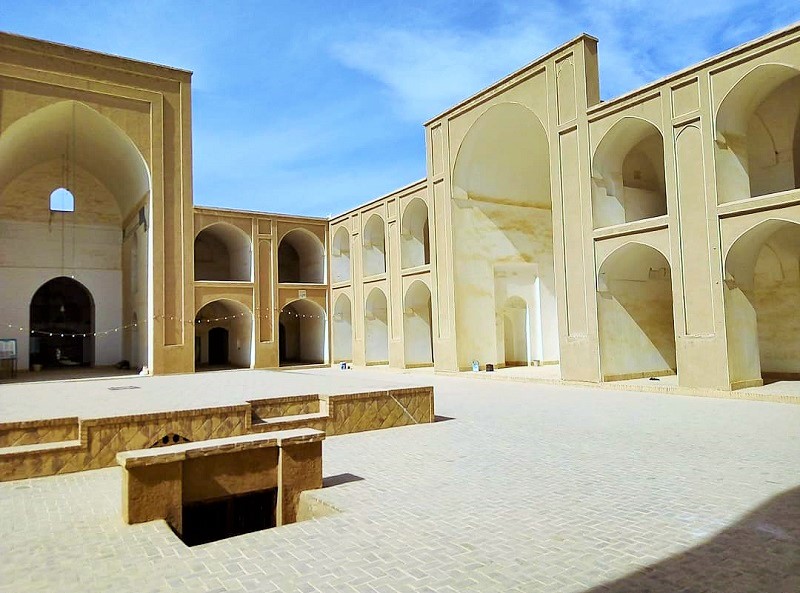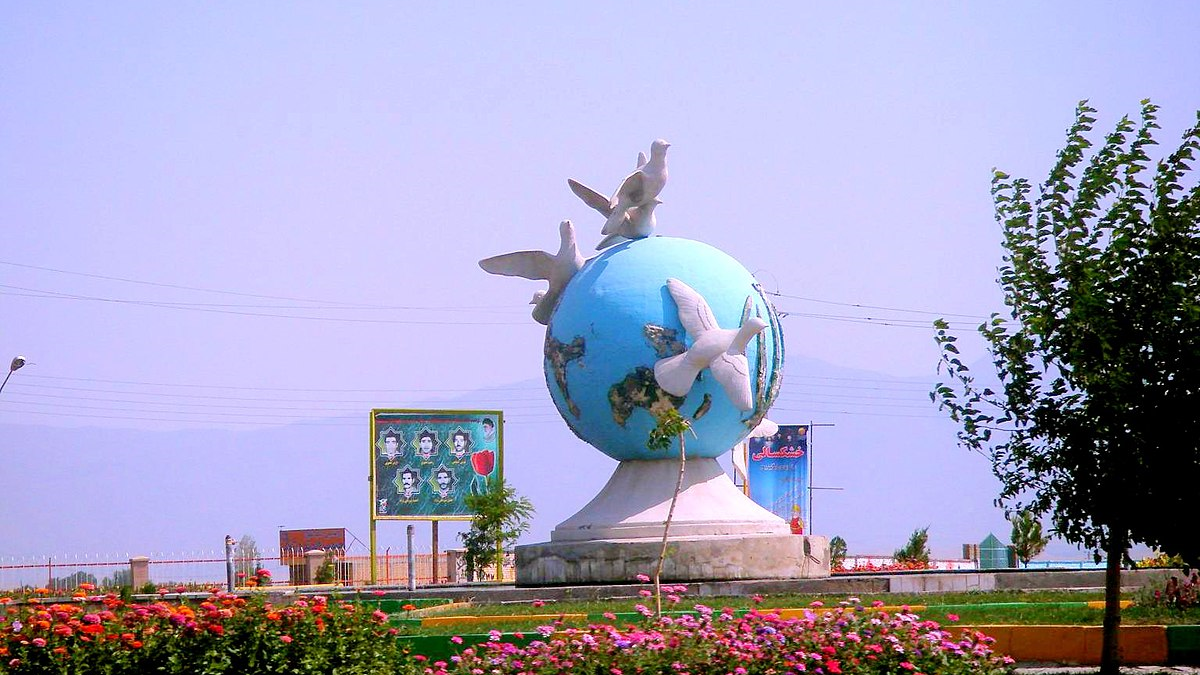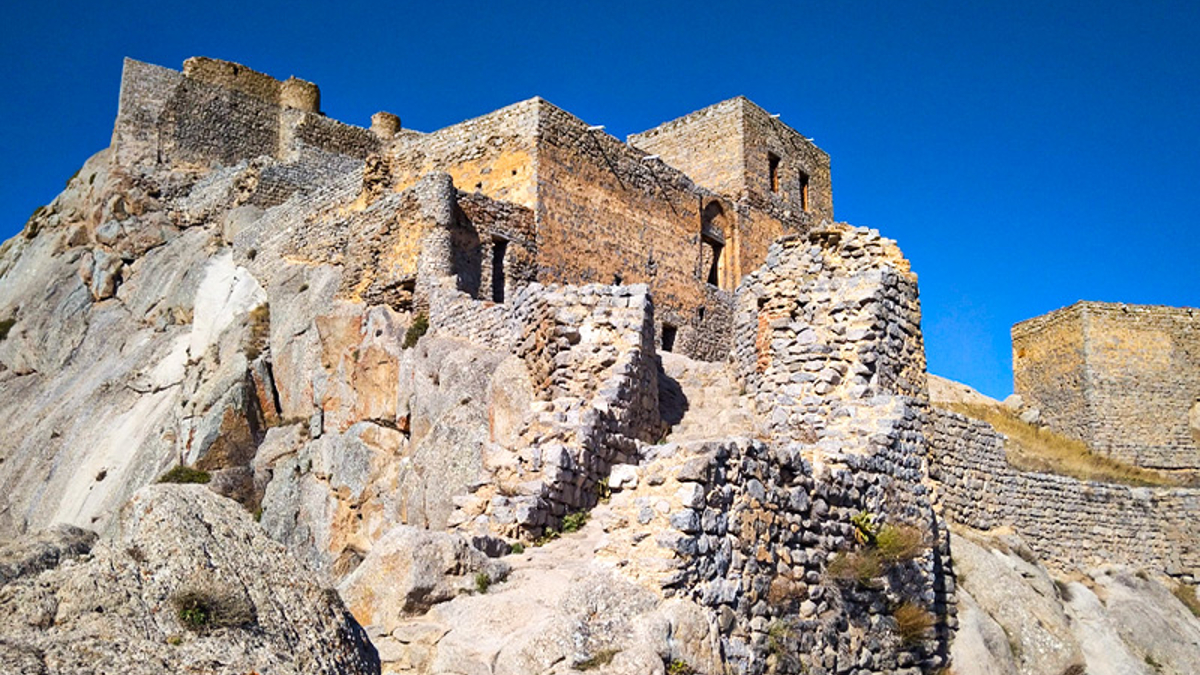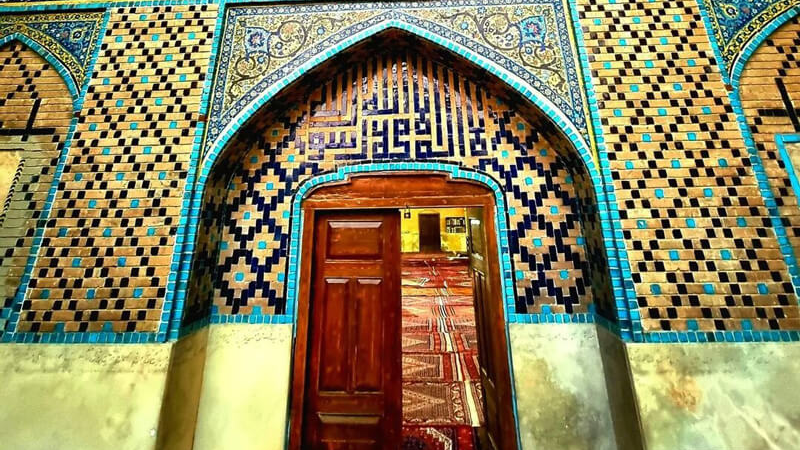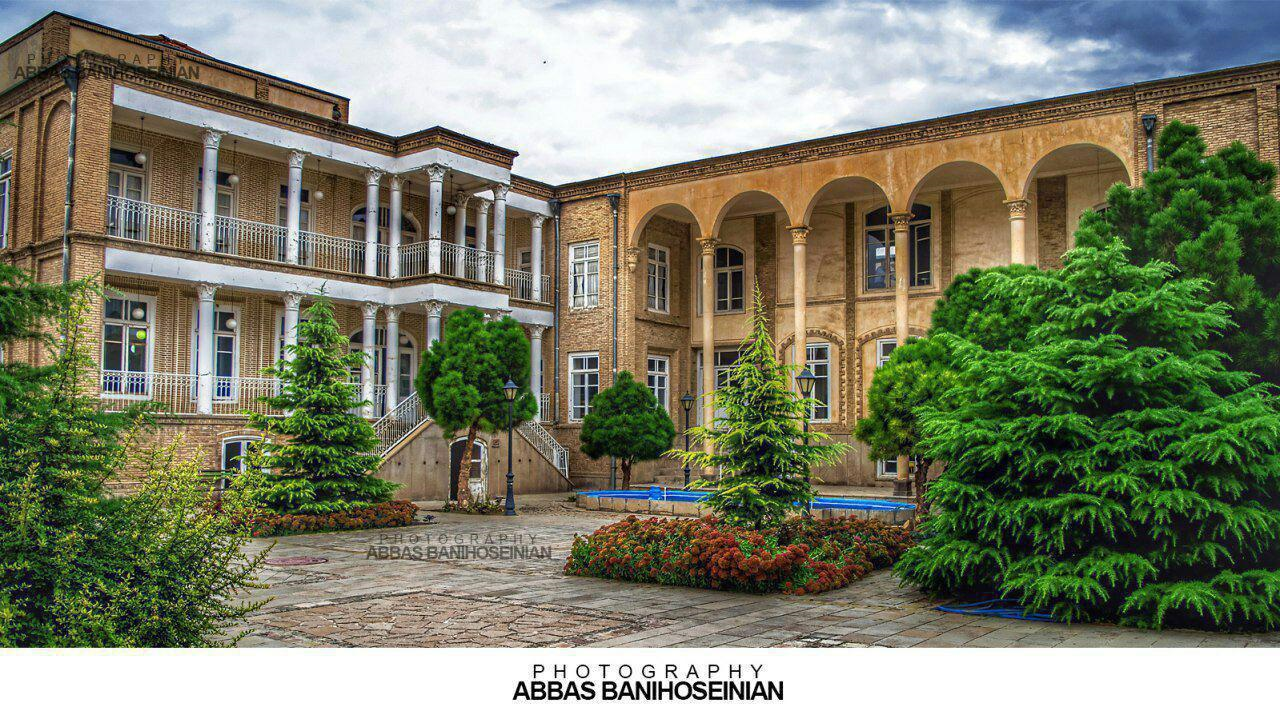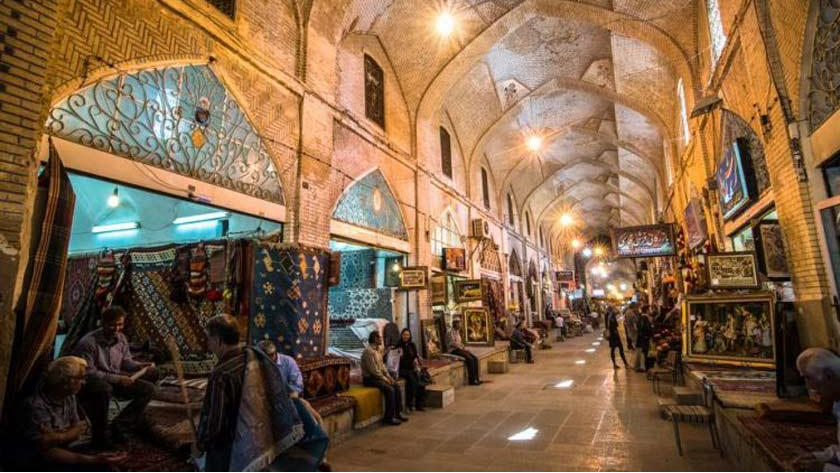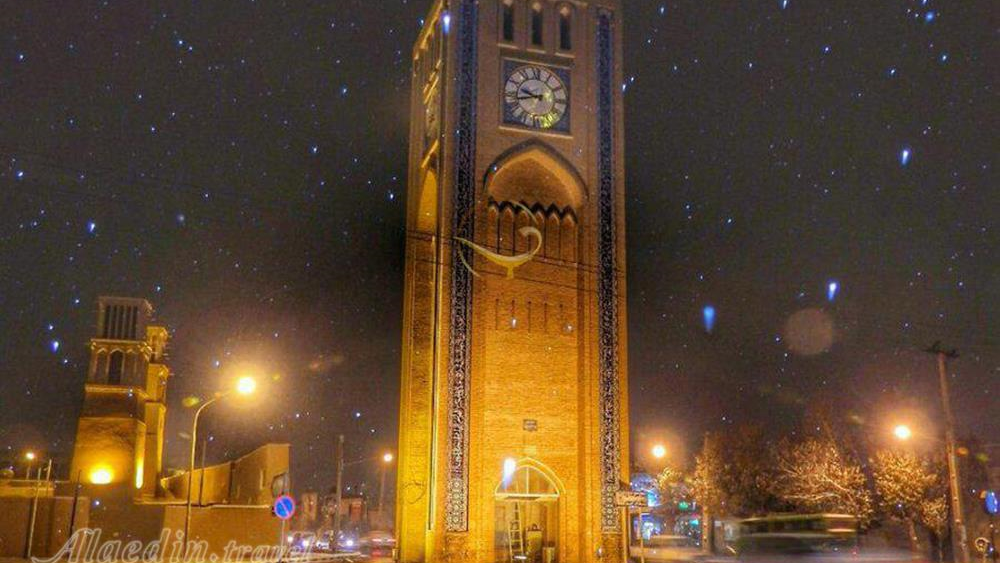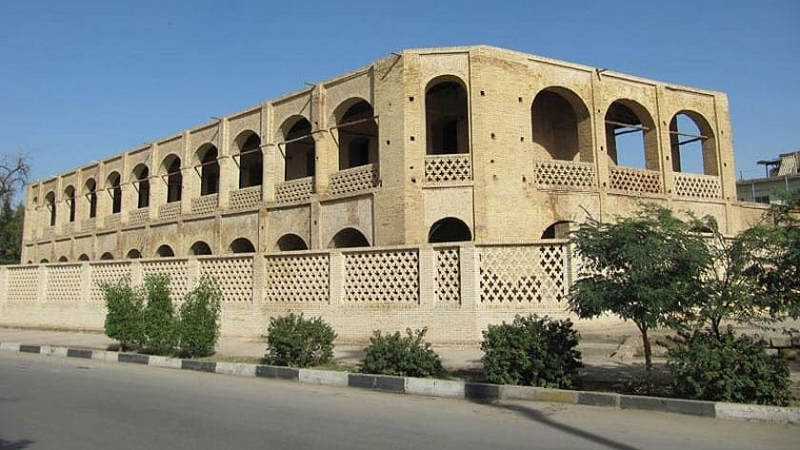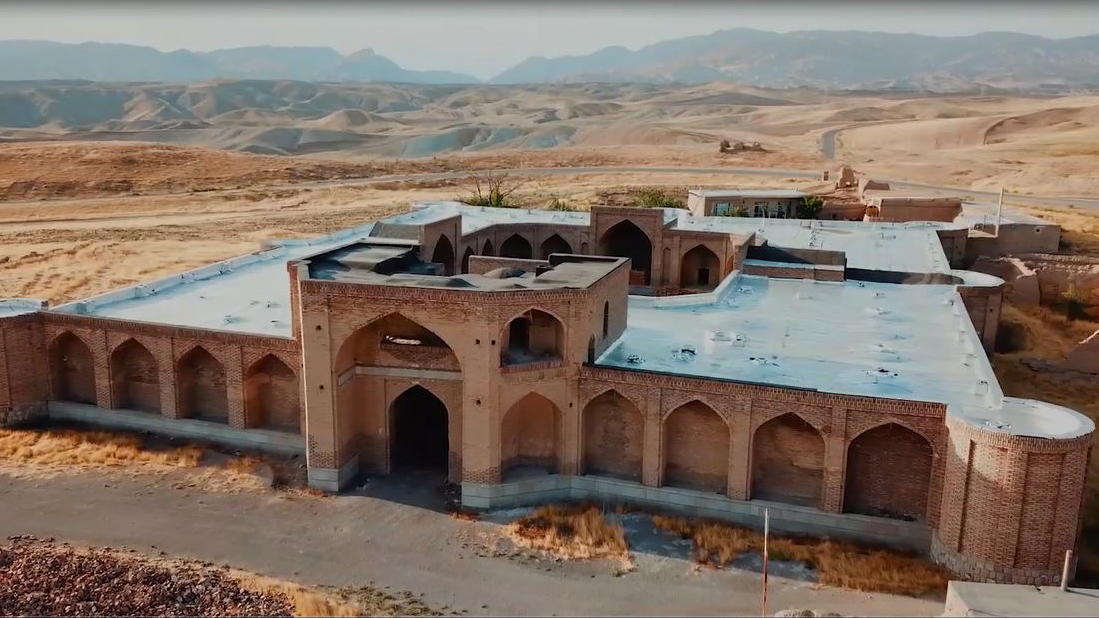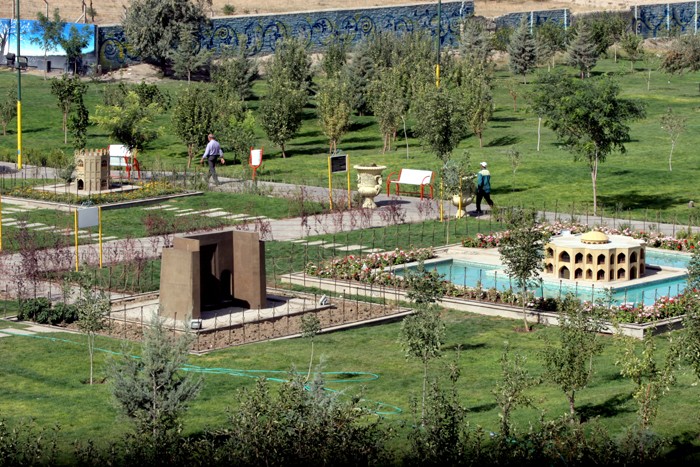
The Ancient City of Bishapur
Bishapur: The Ancient City of Shapur
Bishapur should be regarded as one of the most ancient and remarkable cities of Iran—its history recorded in stone inscriptions that still survive today. The city’s construction employed the most advanced engineering knowledge of its time, and several of its urban systems and structures are considered true architectural wonders.
For centuries after the advent of Islam in Iran, Bishapur remained inhabited, but over time it was gradually abandoned, leaving behind only ruins. The remains of this city lie 23 kilometers northwest of Kazeroun, in a narrow gorge known as Tang-e Chogan.
Nomenclature
The city was founded by Shapur I, and its name is believed to have been derived from his own. Linguists suggest that “Bishapur” originates from “Beh-Shapur,” meaning “Good Shapur.” In some historical sources, the name is also interpreted as “Saray-e Shapur” or “The Place Founded by Shapur.”
History of Bishapur
According to inscriptions discovered among the city’s ruins, Bishapur was established in 266 CE. However, archaeological findings indicate traces of human habitation in the area even before the Sassanid period, possibly dating back to the Elamite and Achaemenid eras.
Historical records state that after Shapur I defeated Valerian, the Roman emperor, he ordered the construction of this city. The site was strategically chosen along the route between Persepolis and Ctesiphon, both major capitals of the time, in an area noted for its pleasant climate.
A Syrian architect named Asapai was appointed to design the city. Careful geographical and environmental studies were conducted before construction began, both to take advantage of the natural landscape and to create natural defenses against possible enemy attacks.
Architecture of Bishapur
Bishapur was designed on a rectangular plan with four gates and two main intersecting streets—one running north–south and the other east–west—connecting the opposing gates.
The city consisted of two main parts:
- The royal citadel, and
- The residential quarter.
The royal complex included the Temple of Anahita, Shapur’s Ceremonial Hall, the Mosaic Porch, and the Valerian Palace. In the residential areas, there were houses, a bathhouse, caravanserais, and bazaars.
The citadel itself was located on the slopes of Mount Shapur, overlooking the entire city, and was separated from the residential zone by a stone wall.
Anahita Temple
The Temple of Anahita, dedicated to the goddess of water, was among the city’s most important religious structures. Architecturally, it was highly sophisticated and featured an advanced hydraulic system for controlling and distributing water.
The temple—measuring between 23 and 27 meters—was built about 250 meters from the Shapur River, allowing water to be channeled directly into the site through an aqueduct, the remains of which still exist.
Inside the courtyard stood a platform for worshippers, constructed of carved stone slabs measuring approximately 140 × 47 cm. A channel ran through the temple’s entrances, directing water into the building—possibly as part of ritual ceremonies or religious festivals.
Ceremonial Hall
Southeast of the Anahita Temple lies a large domed hall, covering 781 square meters. The hall features four symmetrical porches, with a dome rising about 25 meters high. Its square layout contains 64 niches, likely once adorned with decorative motifs or symbolic reliefs.
Mosaic Porch
This elegant porch, measuring 25.1 meters in length and 6.1 meters in width, was covered by crescent-shaped arches. Its floor was paved with colorful mosaics, fragments of which are now preserved in various museums in Iran and abroad.
Valerian Palace
Located about 150 meters north of the Bishapur Fire Temple, the Valerian Palace closely resembles the Anahita Temple in design and layout. It is believed to have been named after Emperor Valerian, whose defeat by Shapur I marked a significant event in Roman–Iranian history.
Heritage Recognition
Due to its outstanding historical and architectural significance, the Ancient City of Bishapur was added to Iran’s National Heritage List in 1931.
In 2018, at the 42nd Session of UNESCO’s World Heritage Committee, Bishapur was inscribed—together with seven other monuments in Firouzabad, Bishapur, and Sarvestan—as part of the collective entry:
“Sassanid Archaeological Landscape of Fars Region.”
| Name | The Ancient City of Bishapur |
| Country | Iran |
| State | Fars |
| City | Caseron |
| Type | Historical |
| Registration | Unesco,National |
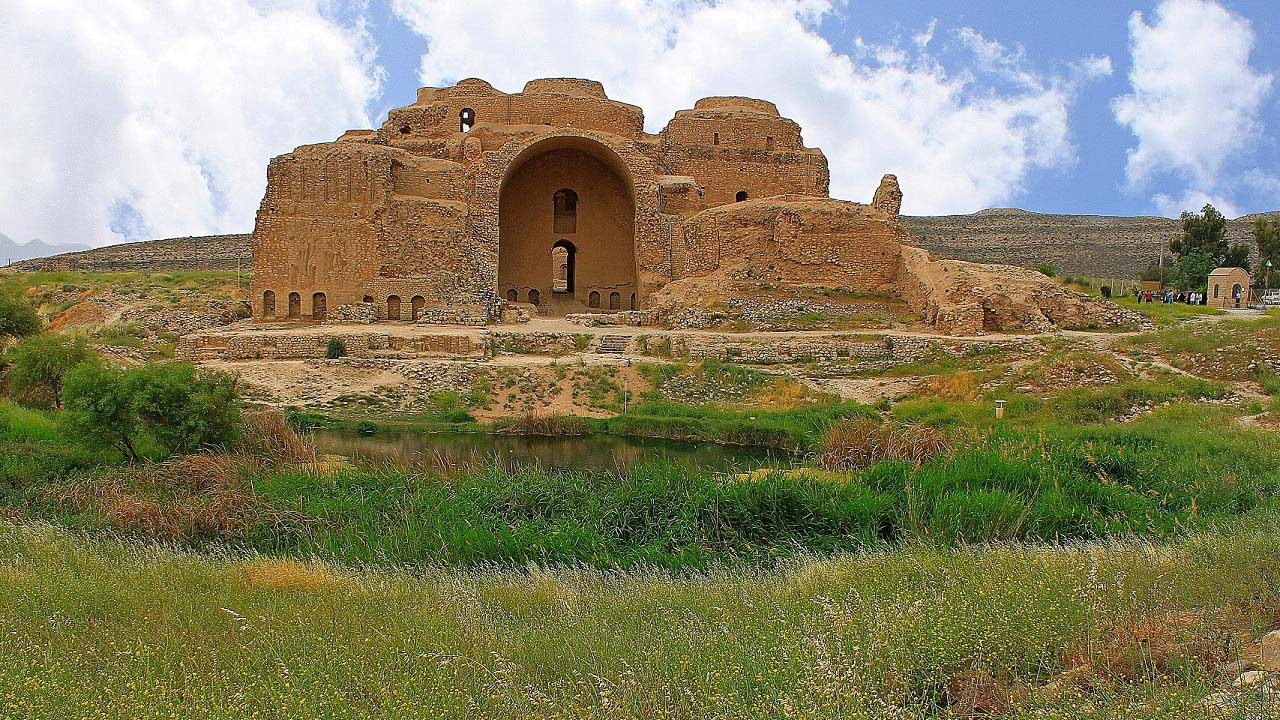
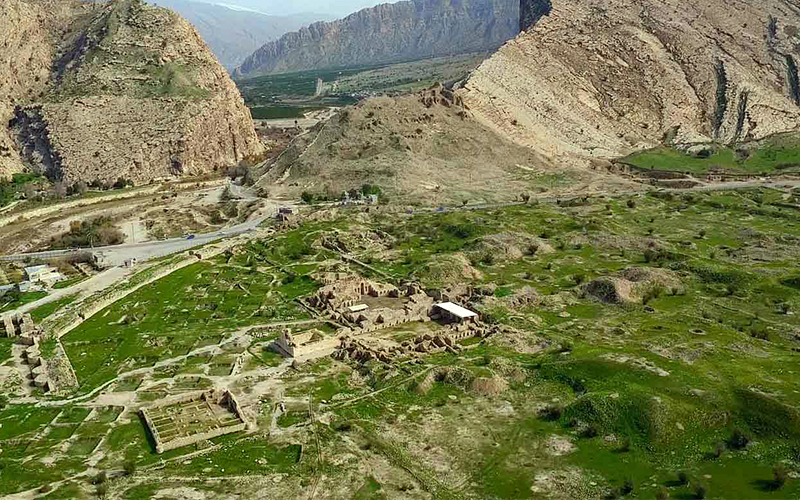


Choose blindless
Red blindless Green blindless Blue blindless Red hard to see Green hard to see Blue hard to see Monochrome Special MonochromeFont size change:
Change word spacing:
Change line height:
Change mouse type:
